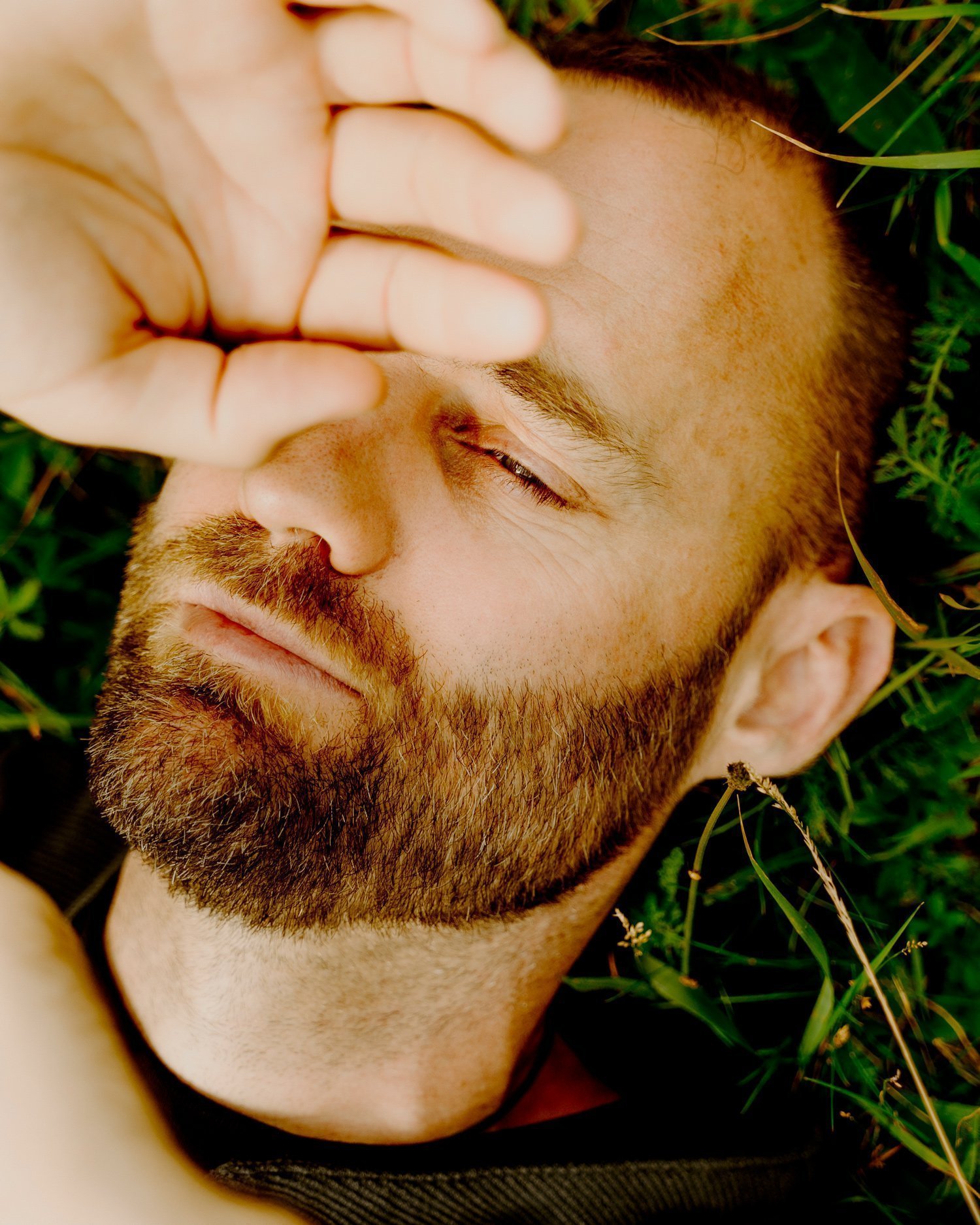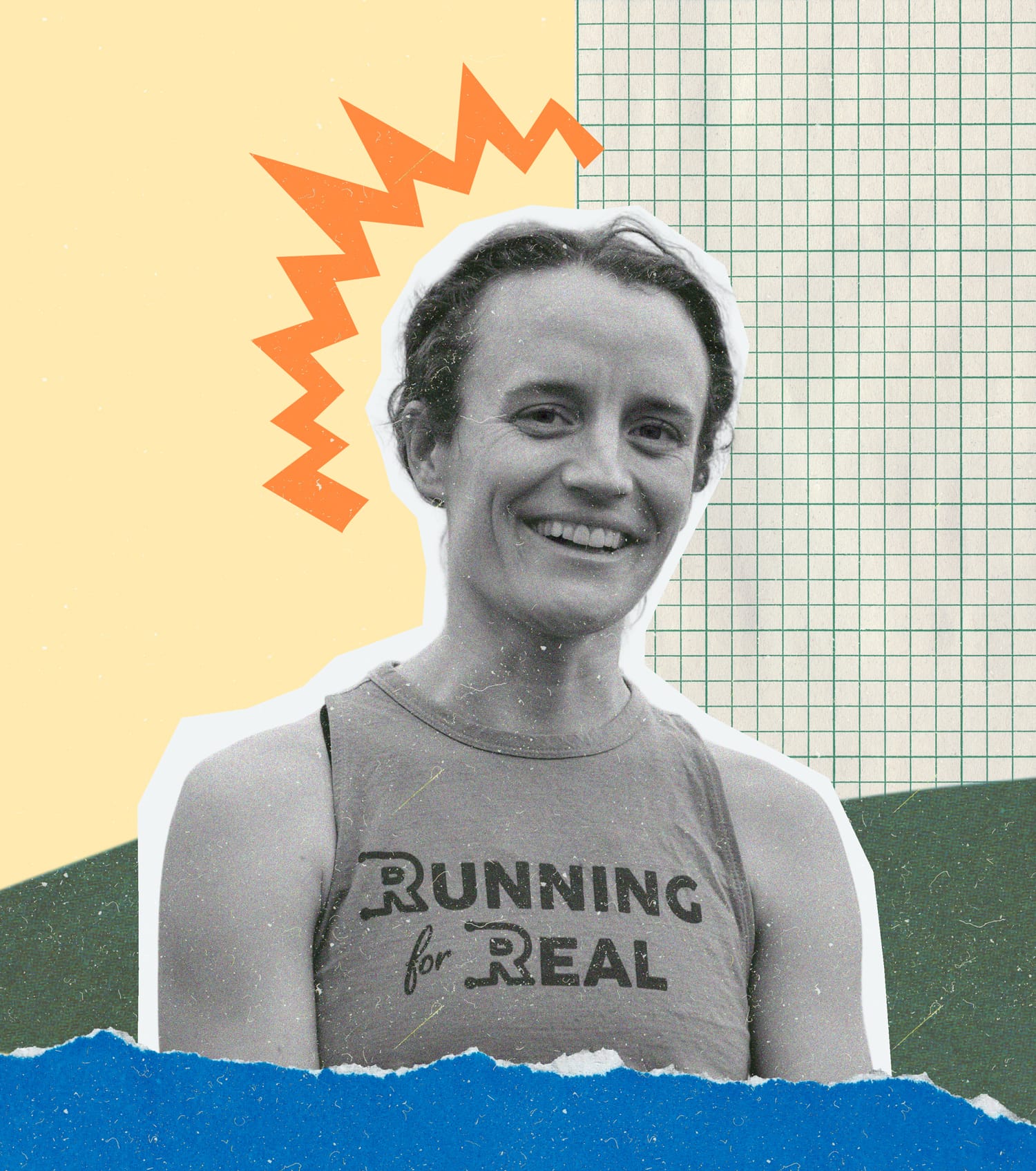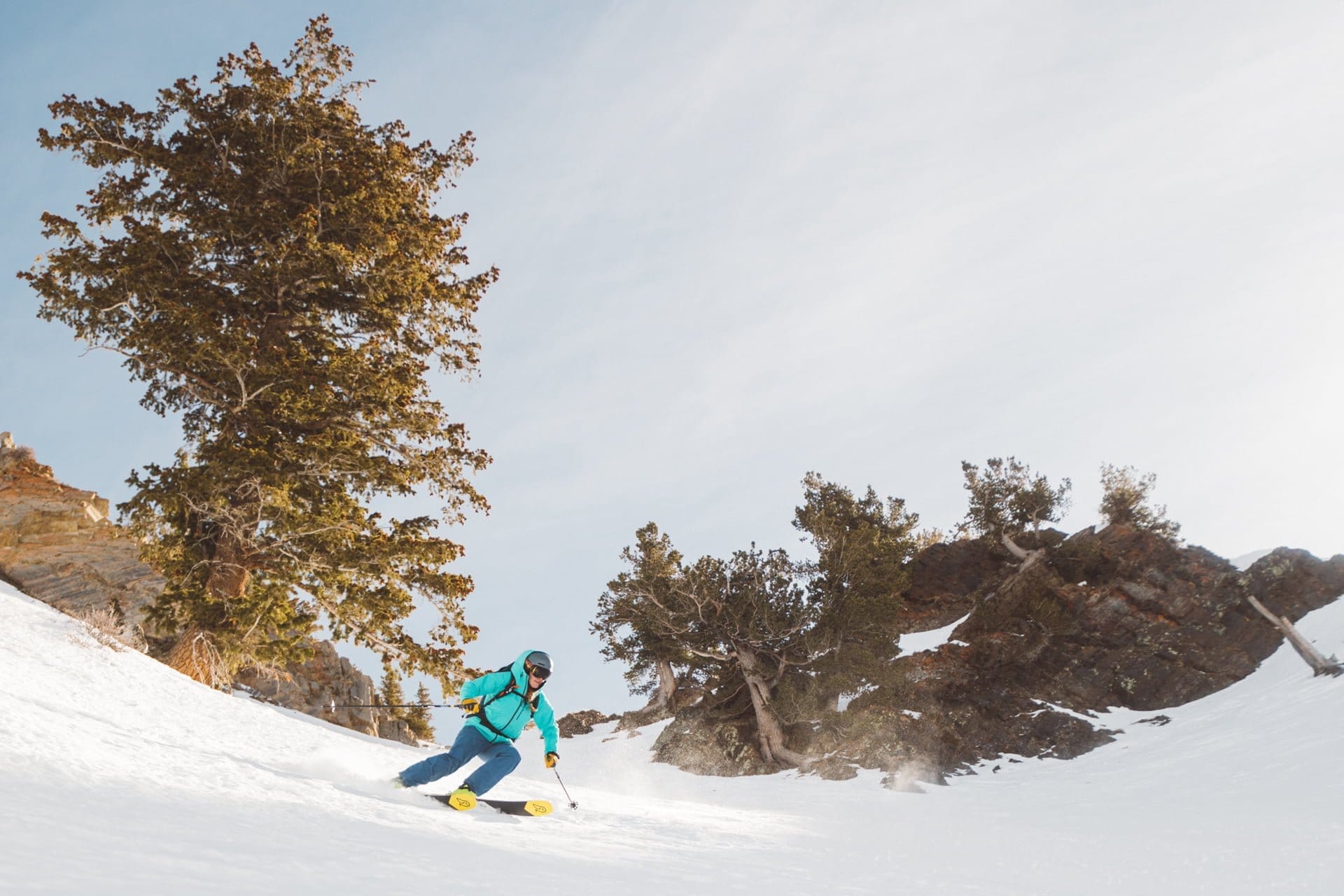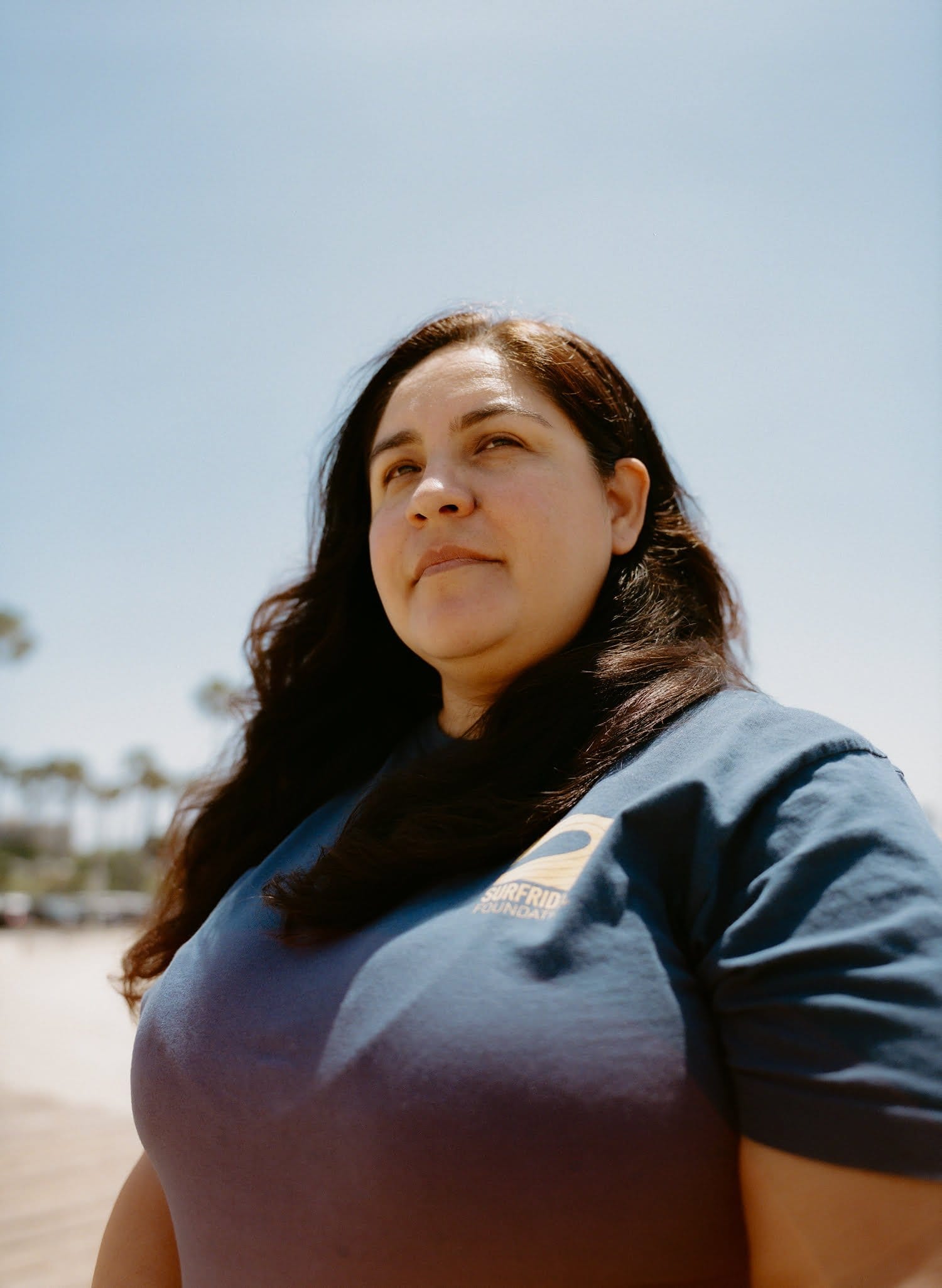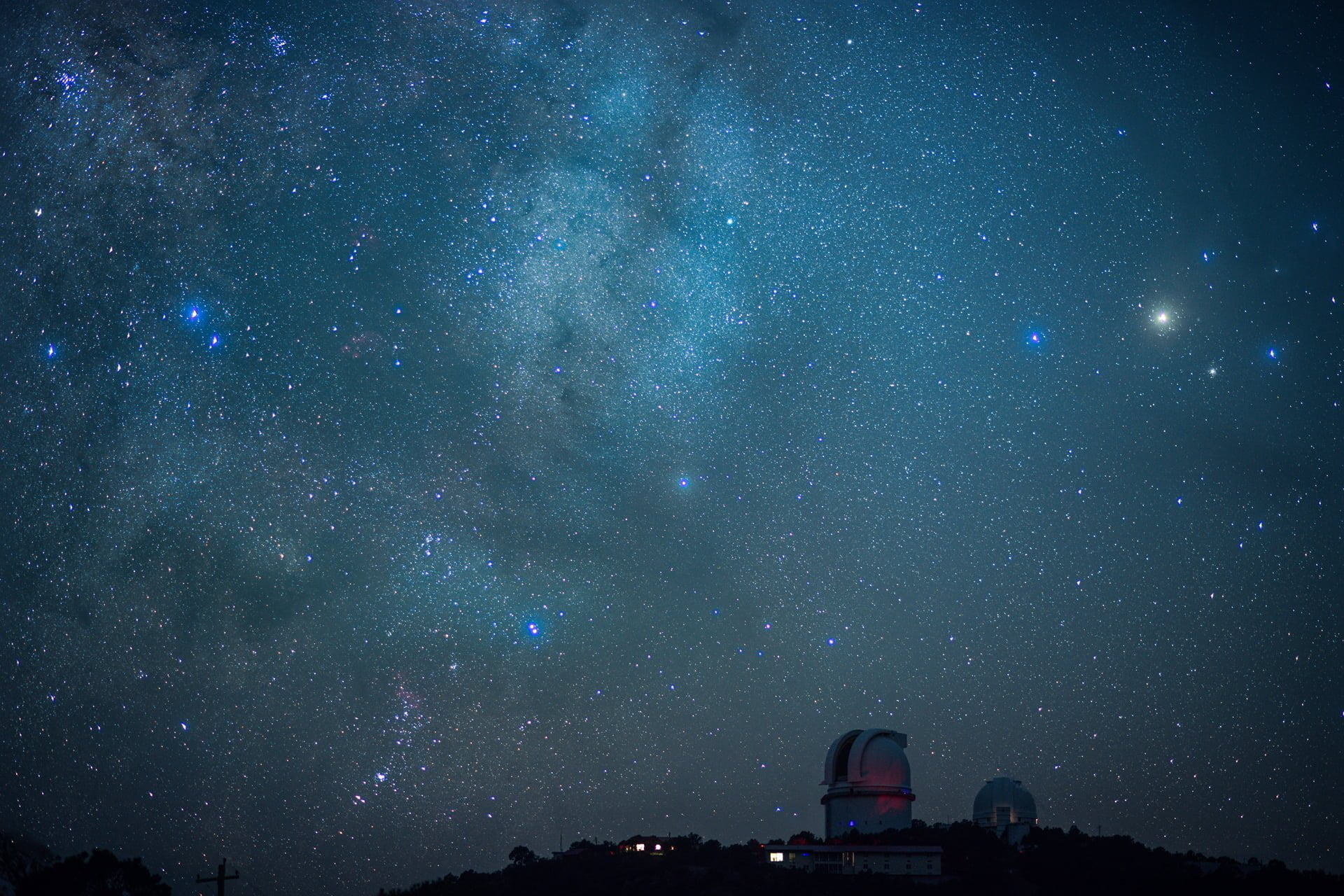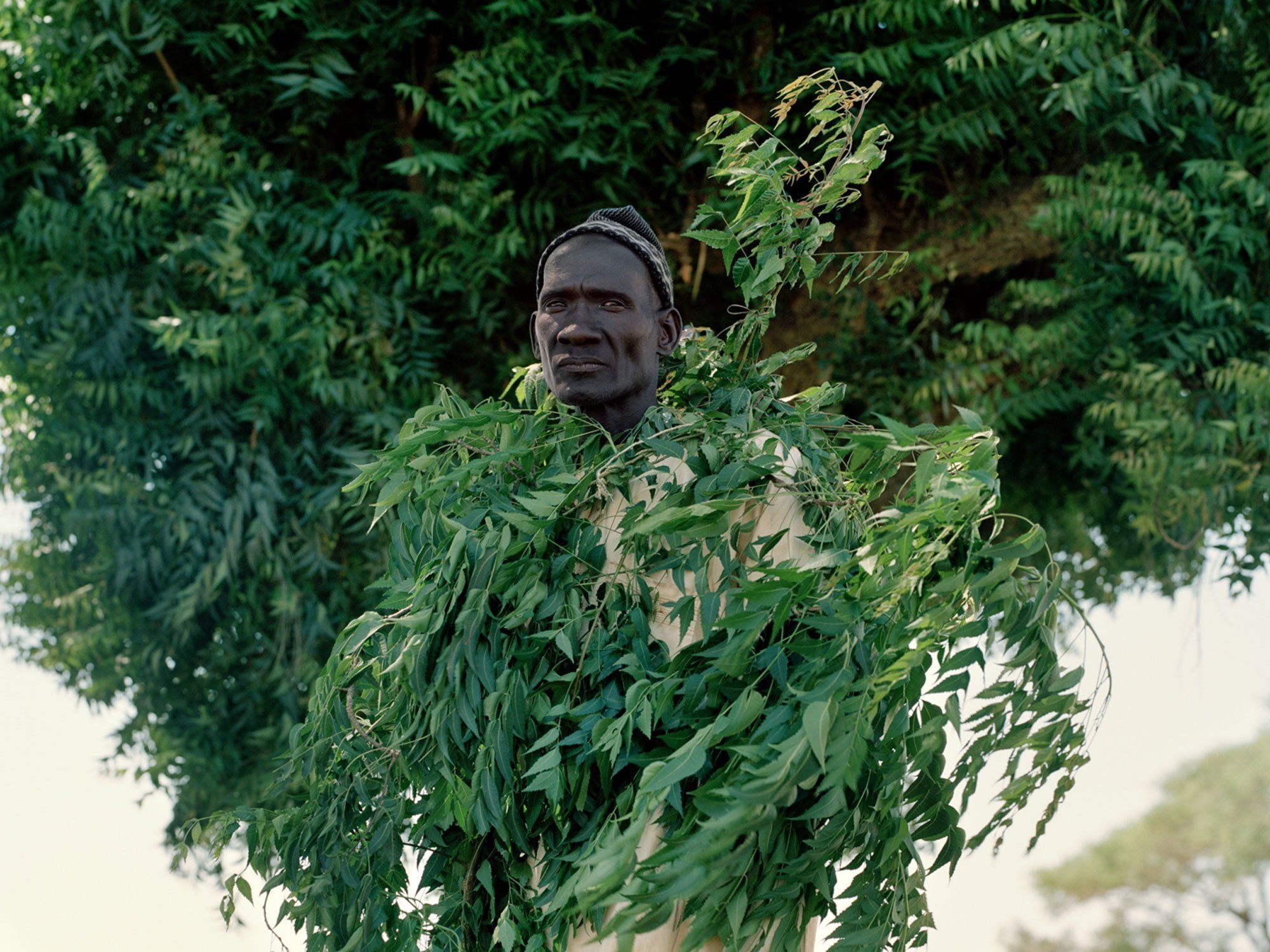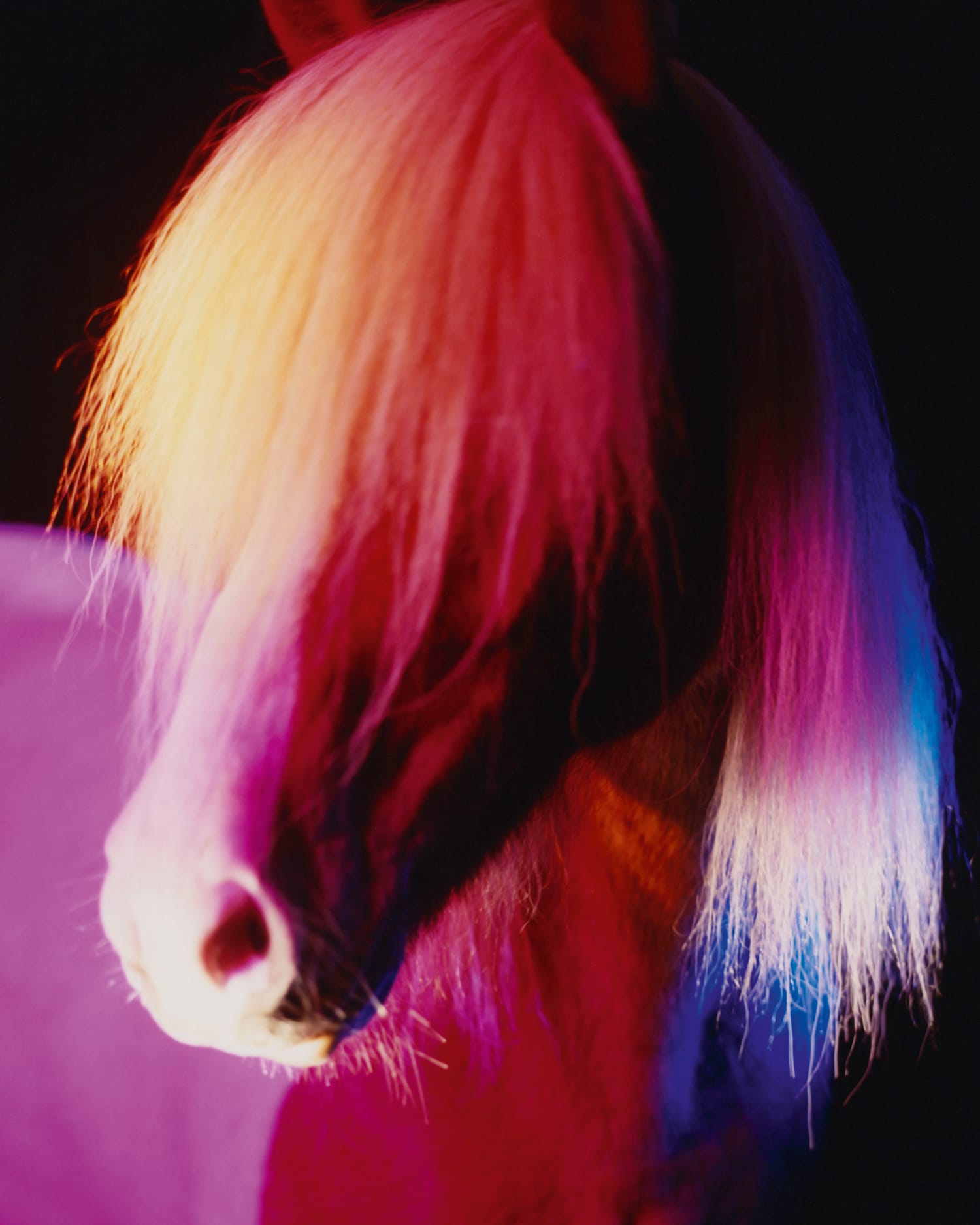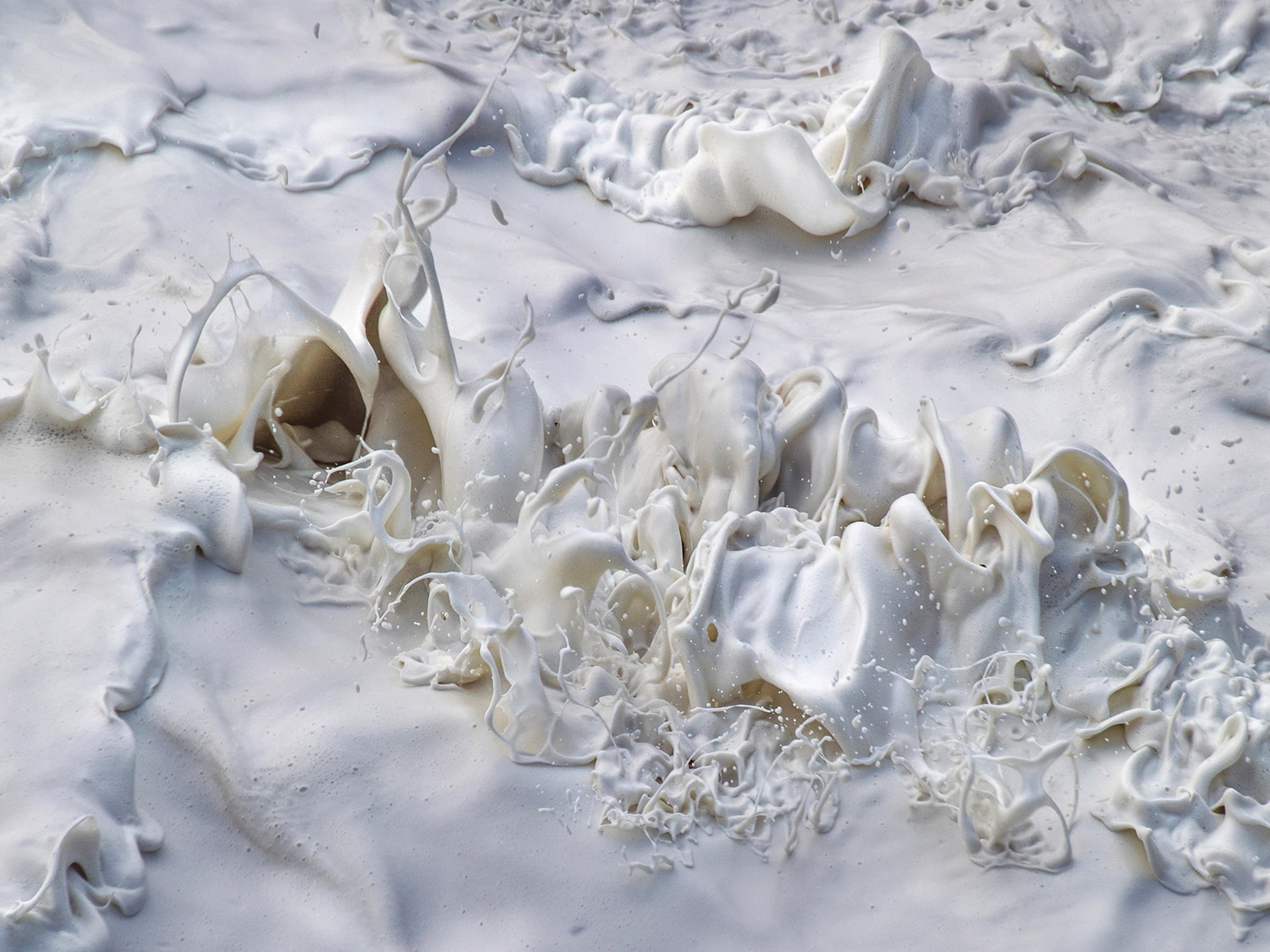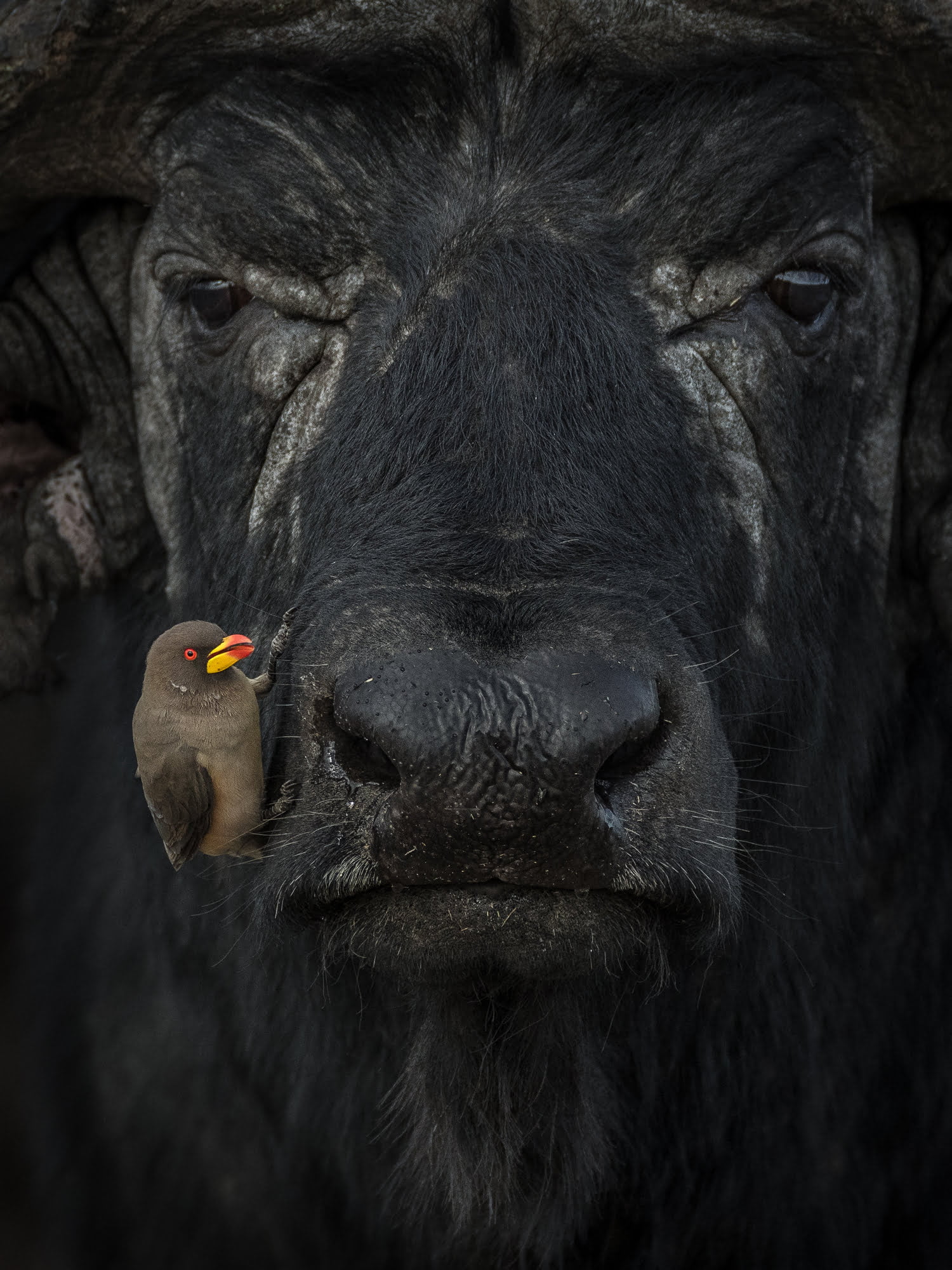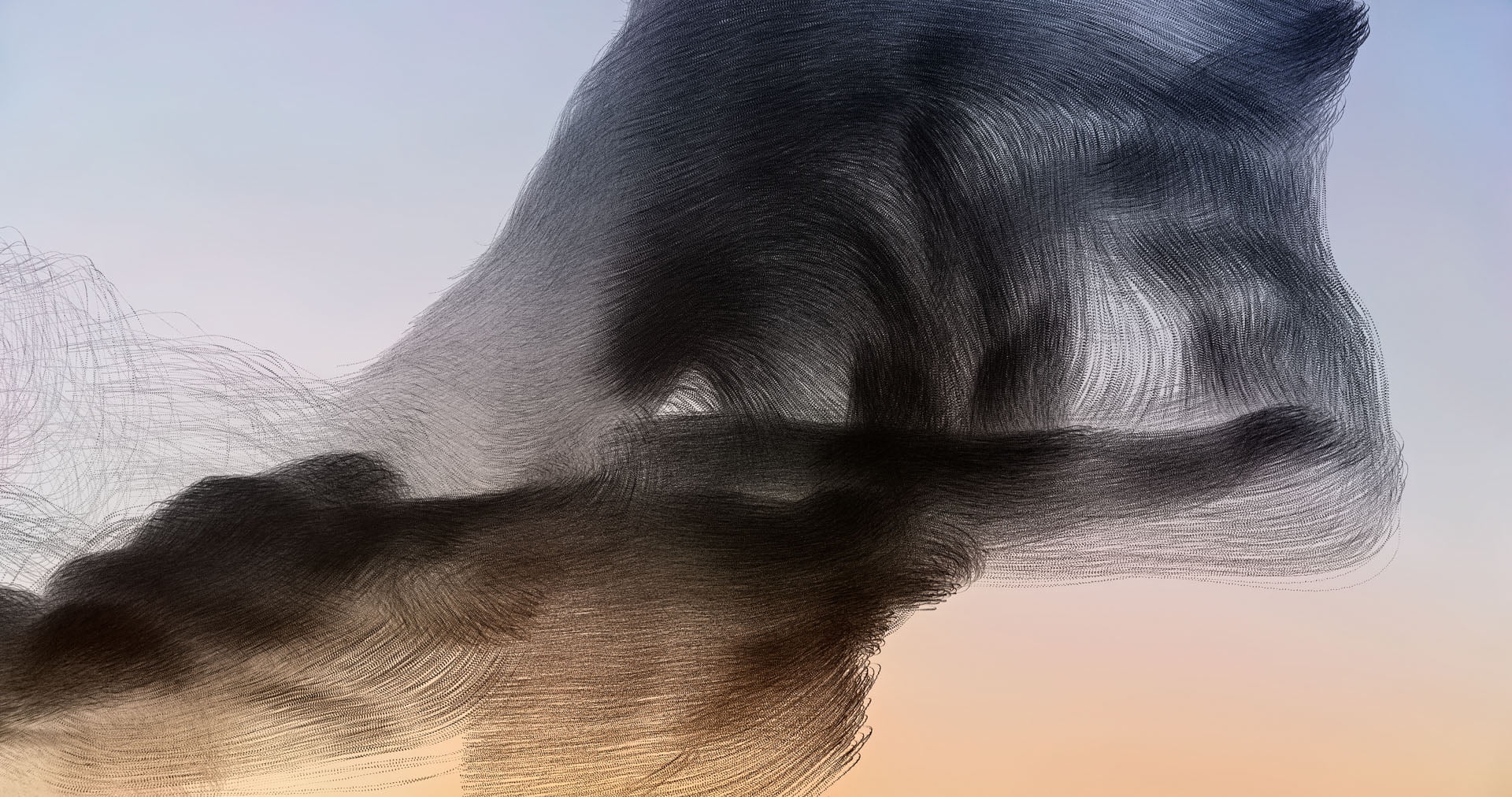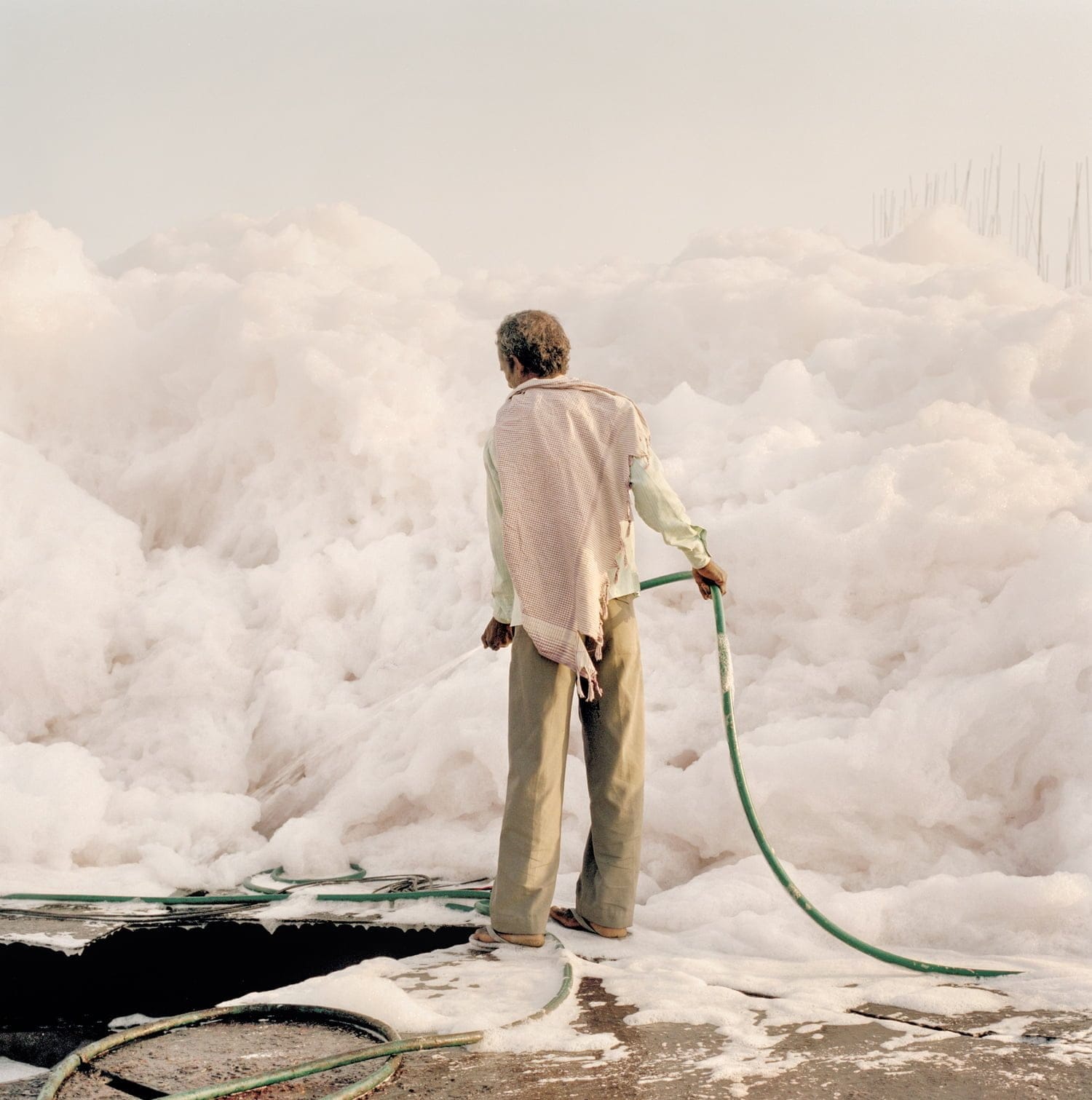Kilian Jornet has won so many mountain races, he’s running out of goals to smash. His latest challenge is to bring more attention to the impact of climate change on the alpine landscape he loves.
Humans do the strangest things for sport. Ostrich racing for instance (yes, it’s a thing). Or zorbing – splashing around inside inflatable orbs downhill. Then, just as unbelievable, but completely serious, there’s Kilian Jornet, skyrunning the roof of the world.
A colleague described Jornet to me as “basically the Michael Jordan of endurance running”. The more you learn about him, the more you see that even that comparison falls short.

Jornet ran through the mountains for 19 days straight to complete his Alpine Connections challenge.
At age 20 Jornet completes the Mont Blanc ultramarathon in under 21 hours, running 160 kilometers (100 miles) – not to speak of the 10,000 meters (33,000 feet) up and down – eating only berries he can forage below the tree line, drinking only water from streams.
A few years later he has won every grand mountain run on his teenage bucket list, eclipsing his hero Bruno Brunod, legend of the Skyrunner World Series.
Then last year, at 37, Jornet set out to the Alps, and once again did something no-one has attempted: 82 summits in 19 days.
Mere mortals might ask, why? Proverbially, we’re supposed to climb mountains because they’re there. But what if it were more urgent? What if, one day, the landscapes we love might not be there?

Jornet has watched the landscape of the Alps changing around him.

When he’s up in the mountains, he provides updates on the health of glaciers to scientists.
The ecstasy of yearning
For those not familiar with this bewitching niche sport of skyrunning, or high-altitude endurance racing, here’s the deal: one-day races are in the range of 20-65km (10-40 miles) and usually include sections more fit for hooves and skis – like jagged peaks and sloping glaciers. But no need to fret: you won’t have to run more than 16 hours a day! For longer races, you’ll need to plan in naps as you go.
We’re all familiar with children daring each other, “I’ll race you to the top of that hill.” Jornet is someone who, while sipping coffee in the picturesque Alp town of Cervinia, might say, “I’ll race you to the top of the Matterhorn. And back.”
“Routes that I remember as snow ridges have become rock ridges”
That is exactly what Jornet does in the 2014 documentary Summits of My Life II – smashing Brunod’s mythical record by going from town to top to town again in an astonishing 2 hours and 52 minutes. To put into perspective just how much of a phenomenon Jornet is, he holds 34 sky race titles. The guy coming in second – fellow Spaniard Luis Alberto Hernando – has 10.
So, what happens when you dominate your sport to the point of boredom? You set your own goals outside the realm of known competitions, of course. Higher goals.

It’s the “magic moments” he experiences in the mountains that keep him motivated, says Jornet.
That’s how, throughout 19 days in August 2024, Jornet decided to speed climb 82 summits, all higher than 4,000 meters (13,000ft), totaling 1,207 kilometers (750 miles) of running at altitude, and averaging only five hours of sleep a night.
He did it for the love of the mountains, the glaciers, and the breathtaking sunrises and sunsets that he got to witness up there. And he did it in the hope that, if we act to address climate change, these places and experiences will be preserved as long as possible. Jornet called the challenge Alpine Connections.
The Alps are a kind of home for Jornet – he spent 10 years living here. “I know many of them well, but some of them are rapidly becoming degraded by climate change,” he tells me. “Alpine Connections was a good excuse to show the problems with the glaciers and the permafrost.”
Through his foundation, Jornet keeps in touch with scientists whose glacial logs benefit from the athlete’s ability to survey in person. He knew what to expect along the route, still he says, “I was shocked to find the glaciers melting, especially higher up, even higher than 4,000 meters. Some routes that I remember as snow ridges had become rock ridges.”
Jornet, who has survived falls himself, and lost dear friends to the unforgiving mountains, is keen to stress that a changing climate is posing new threats even in virtually pristine mountain environments. “It’s making everything more unstable,” he says. “It changes how we can run. What we did before in the summer, we can now only do in the winter due to safety conditions. There’s been a lot of collapses.” Where Jornet once ran for the thrills – to live fully – he is now rendering his practice in the service of a greater cause:
“My team and I mapped the Alpine Connections route by first talking to nature conservationists and scientists – people working on climate change, on biodiversity or glaciers specifically – and we tried to link all of that to me climbing in order to make people aware of the problems I saw happening.”

Melting glaciers make some routes riskier for athletes.
Progress, not perfection
Although Jornet grew up in nature – his parents raised him and his sister in a mountain cabin in the Pyrenees – climate awareness didn’t enter his mind until a later stage: “Ten years ago I started hearing more about carbon emissions and the planetary boundaries in the media. Then I began reading more, trying to understand what’s really behind the climate crisis. At one point I felt this disconnection.
“Care for the ecosystems had been on my mind since childhood, but it wasn’t until [then] that I became aware of the huge carbon emissions caused by travelling. My own life turned out to be quite the catastrophe with regards to the climate.”
Jornet describes how his newfound awareness cast his lifestyle in a different light: “I had been vegetarian for many years, and I tried to live by a “no trace” principle. But on the other hand, I was traveling a lot, running in beautiful places all around the world, so my footprint was very big, and I was also promoting companies that in turn had a big impact.”
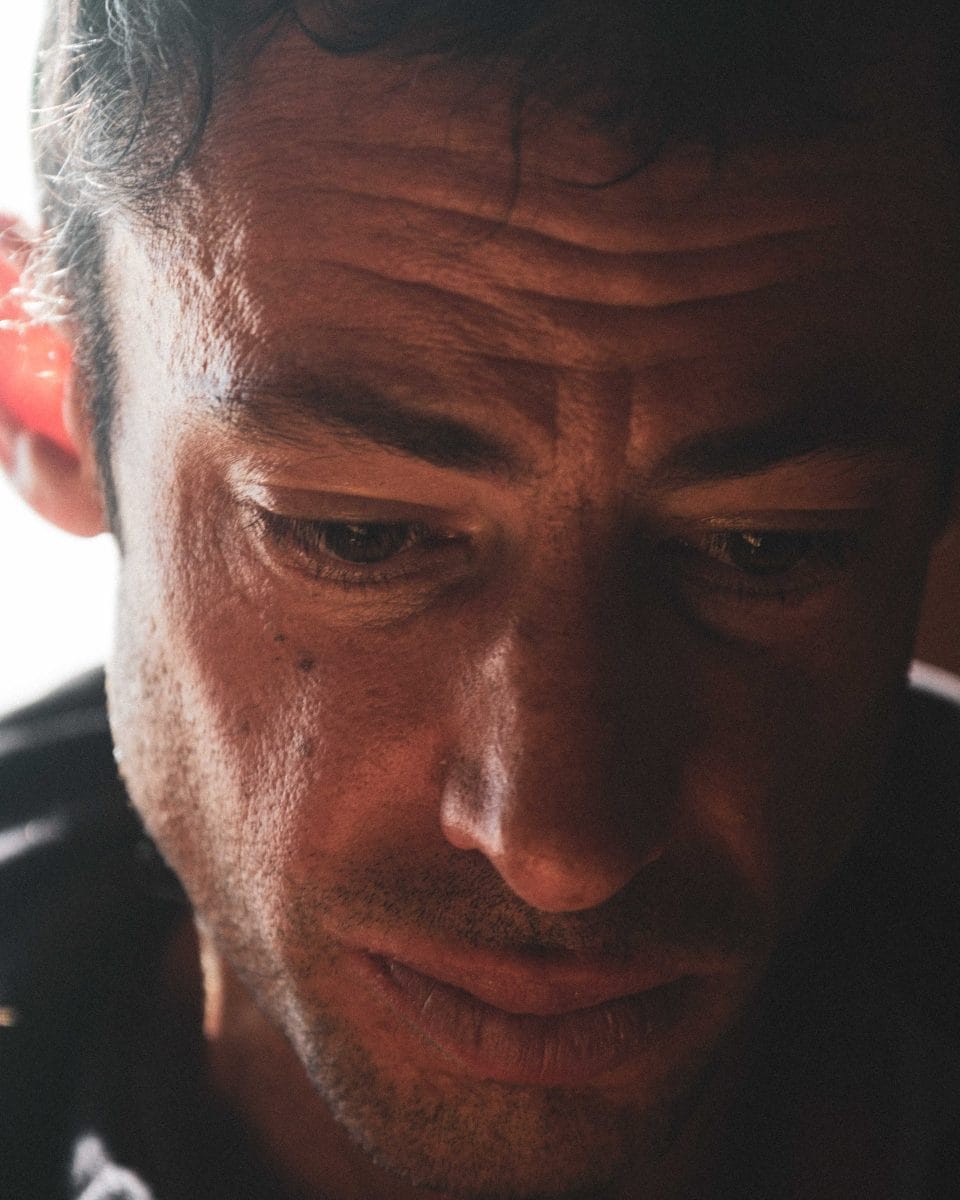
“When my kids are my age, how will climate change affect them? That’s a scary thought”
Setting new goals
Where many sink into apathy when discovering the environmental cost of modern lifestyles, Jornet instead applied the willpower and winning ways that so characterizes his career: “I am not a scientist or an expert, but I’m aware that I do hold influence over other people through my sport. So, talking to the press, raising awareness and collaborating on environmental projects, while directing my money towards these issues through my foundation, those are things that I value as very important in my life.”
When he chose to partner with Climeworks, a Swiss climate startup that develops direct air capture (DAC) tech to extract carbon from the air, Jornet came in for a bit of criticism from fans online who believe that technological solutions removes focus from pressing political and behavioral changes. Although he sympathizes with their worry, Jornet maintains, “it’s not that we can choose. We need to do everything.”
Upon discovering that his travel-intense lifestyle had a carbon footprint of 20 tons annually, Jornet says he has cut an estimated 12.2 tons through radical travel reductions. That leaves 7.8, and Jornet’s support of Climeworks aims to compensate for this.

Jornet’s latest challenge saw him reach 82 peaks higher than 13,000ft, in just 19 days.
“Neither technologies like Climeworks nor natural solutions are silver bullets,” says Jornet. “But they are places to start. Compensating is not an excuse to pollute more, but it’s a way to make people aware that carbon emissions exist and that we need to fight all the angles.”
“When my kids are my age, how will climate change affect them and their health? That’s a scary thought. I’m not trying to solve everything, but I’m trying to at least get educated myself and then to give voice to those who know their stuff and who can help us make the right decisions.”
Living with the contradictions
Jornet also has a stake in the trailrun apparel brand NNormal, co-founded by Spanish shoemaker Camper. Having discarded a dizzying number of worn-out running shoes, he is acutely aware that we won’t stop running, and that running requires gear:
“I know what my contradictions are, and that’s the first step in diminishing them, really. We clearly need to produce things because if we pretend to stop everything, it will not work. We need to make advancements; we need to do things differently – doing them so well that it will influence others.”

Jornet feels at home here in the Alps.

But the landscape is changing around him.
NNormal is a certified B Corp (committing to social and environmental standards), and a member of 1% for the Planet. It provides footprint data on products and take back outdoor gear from any brand “to give it a second life”. Jornet highlights durability as their key focus: “We can talk about circularity and materials, but we believe that on the global scale, if you introduce products that are more durable and repairable, you will slow down consumption. That demands material durability as well as emotional durability when it comes to modes and colors.”
Devoted to the natural world
When Jornet was scaling the southern ridge of Switzerland’s Weisshorn mountain, with the sun low in the sky ahead of him, he looked back to see the silhouette of a figure following him. Not a person, but a huge shadow cast against the clouds – his own. It’s an optical phenomenon peculiar to the mountains, known as a Brocken spectre.
When I ask what propels him onwards, this is the memory Jornet lands on. And the symbolism of a giant, spectral echo of himself, pursuing him through the snow, seems almost too perfect. “Those are unique, magical moments, and the reason why I do these things,” he says.
Having already touched on the false dichotomy of man and nature, the need to preserve biodiversity down to the crucial bacteria within us and “the interaction between all the different parts of the ecosystem enabling our lives”, I finally reach what I gather to be the heart of Jornet’s vision:
“The mineral world and a lot of the organic world will survive – it is us who are threatened. So running or climbing, even just taking a walk – activities devoted to the natural world – they make us more sensitive to this connection.”


Pre-order your copy of Imagine5 Volume 4 – out in September. It’s packed with hope, and inspiration for greener living, from musicians, magicians, mushroom people, time travelers and more!
THE GREAT OUTDOORS
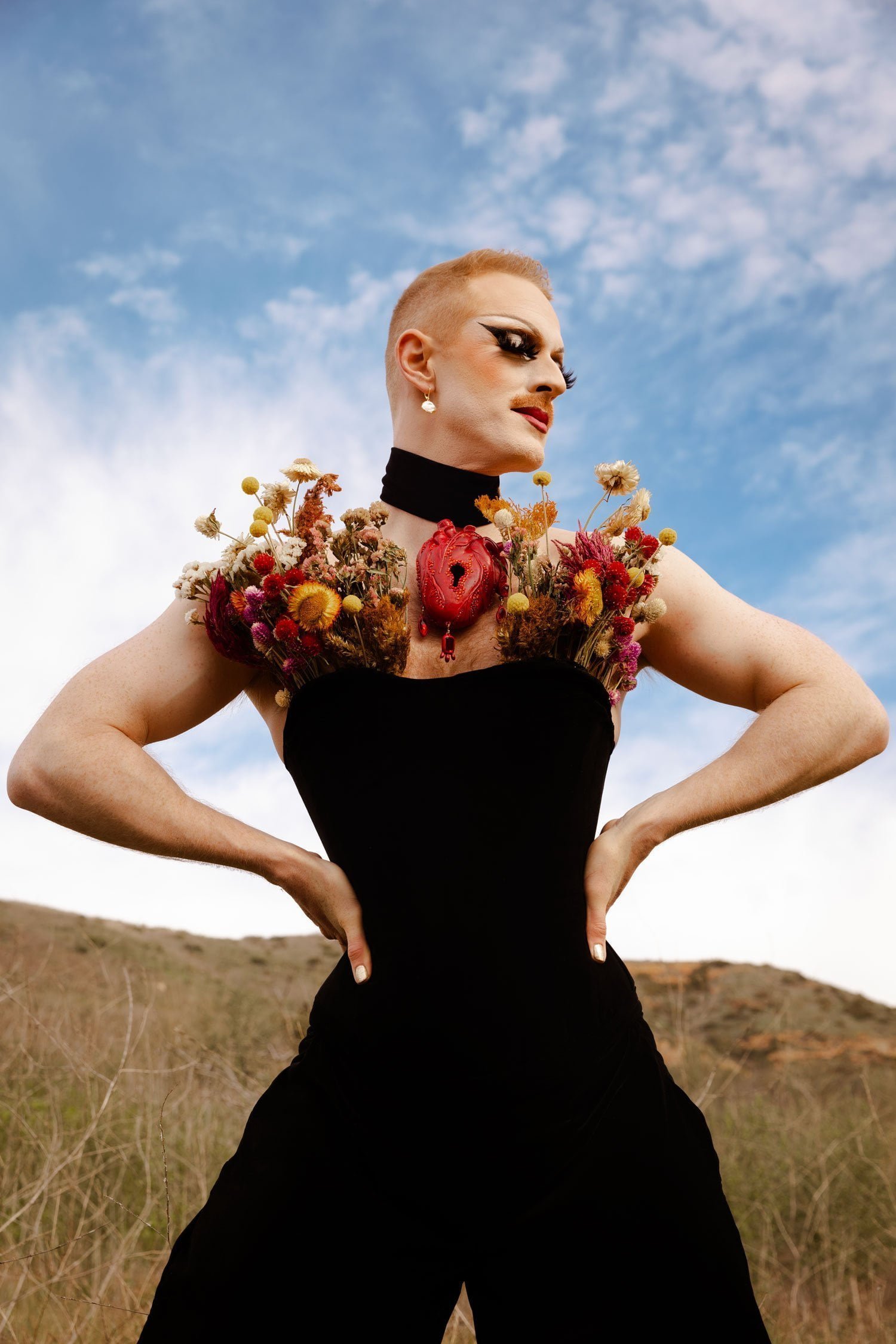
INCREDIBLE PHOTOGRAPHY


